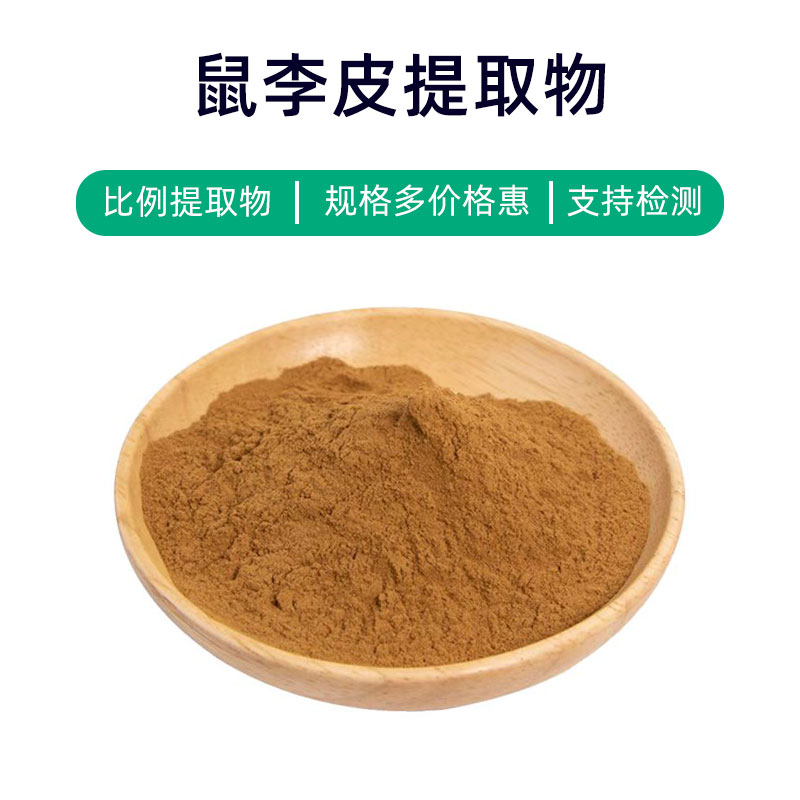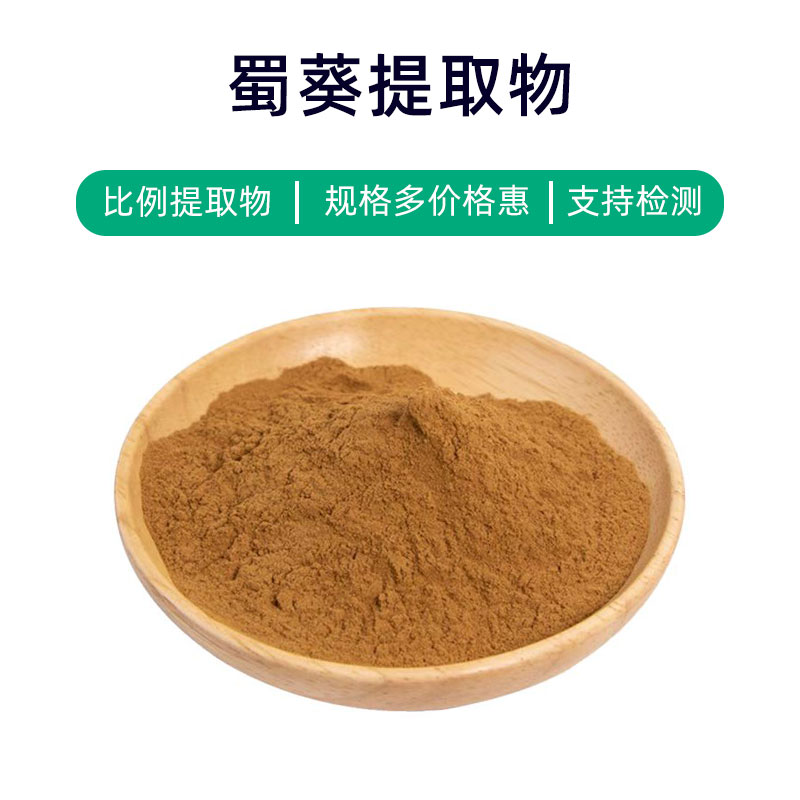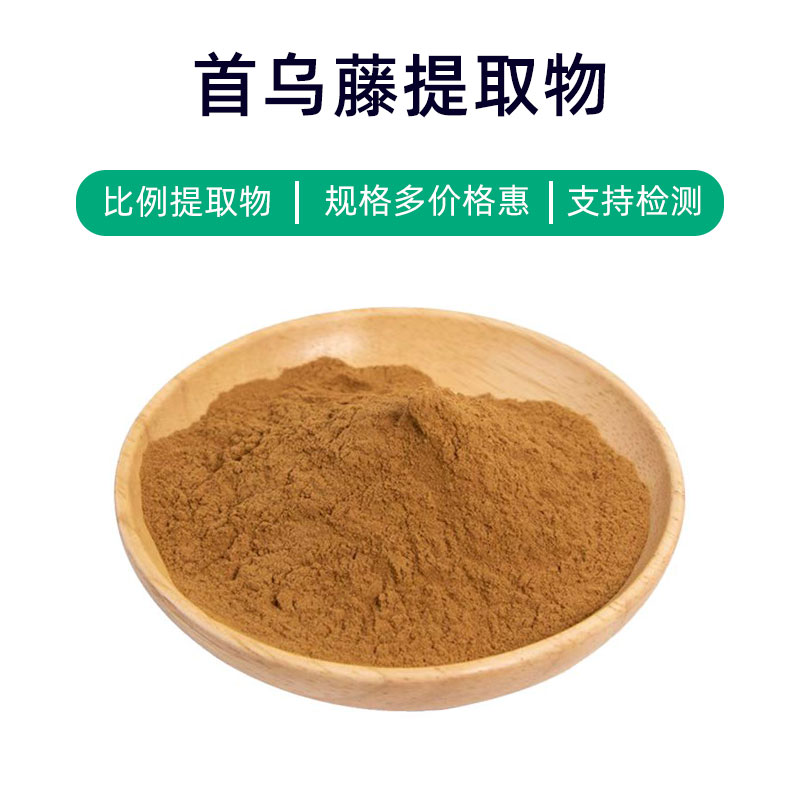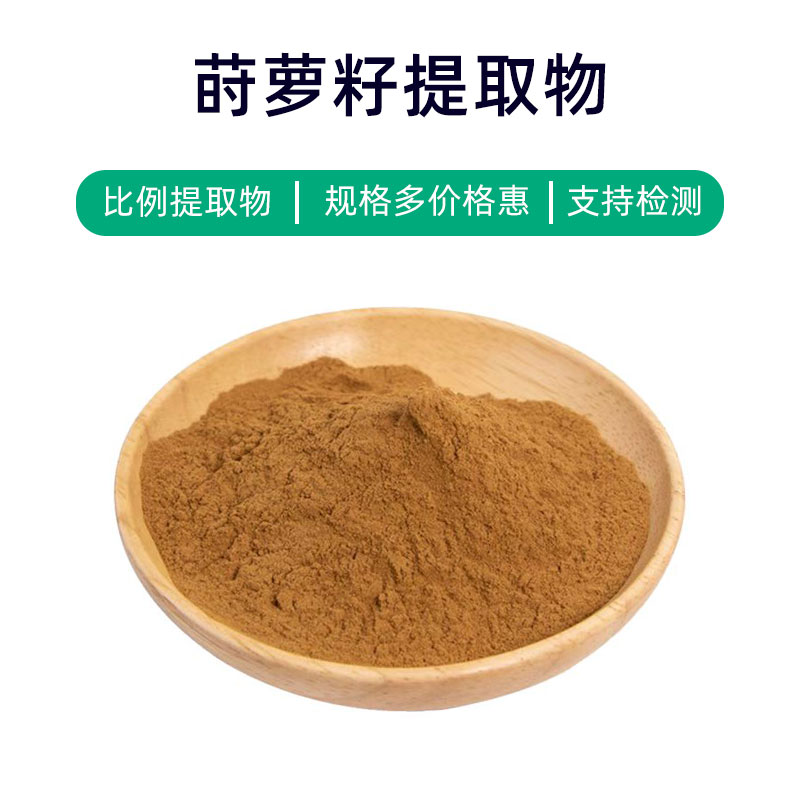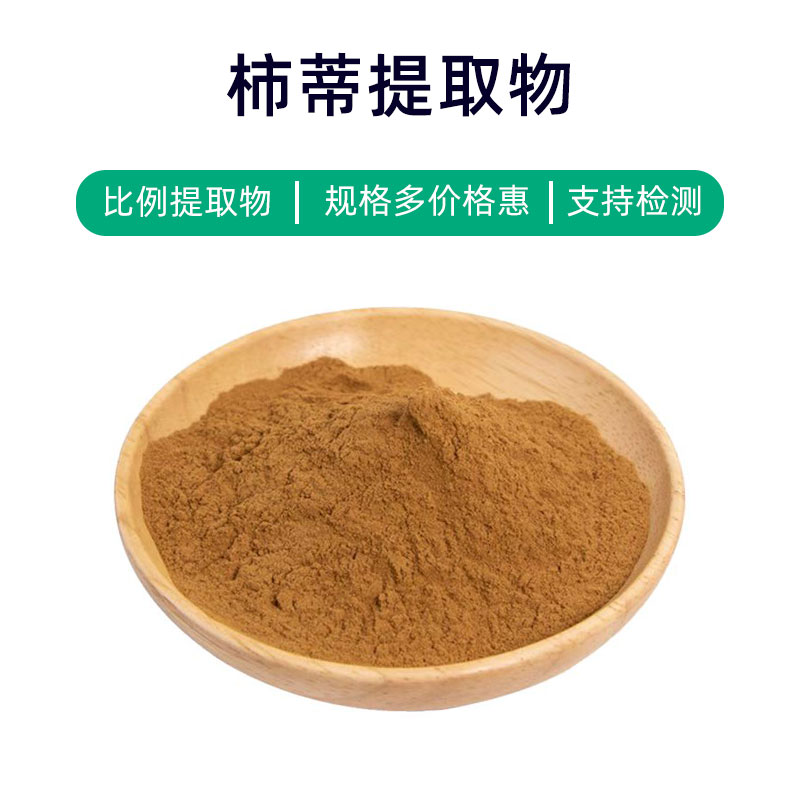Introduction to Mugwort Extract
Mugwort Extract is derived from the rhizome of the Mugwort plant, containing a wealth of saponins, flavonoids, and various organic acids. These components contribute to the diverse benefits and applications of Mugwort Extract.
Firstly, Mugwort Extract has antioxidant and anti-inflammatory properties, helping to eliminate free radicals and reduce oxidative stress, thus protecting cells from damage and enhancing skin health. Secondly, it offers moisturizing effects that strengthen the skin's barrier, maintaining hydration and leaving skin soft and smooth. Furthermore, Mugwort Extract has antibacterial and antiviral effects, assisting in the prevention of skin infections and inflammation.
In terms of application, Mugwort Extract is commonly found in cosmetics and skincare products such as creams, lotions, and serums, aimed at improving skin texture, enhancing antioxidant capacity, providing moisture, and serving anti-inflammatory and antibacterial purposes. Additionally, it can be incorporated into hair care products like shampoos and conditioners to improve scalp health and promote hair growth.
Overall, as a natural plant extract, Mugwort Extract boasts various skincare benefits and can be widely used in cosmetics, skincare, and hair care products to promote health and beauty.
Production Process for Mugwort Extract
The production process of Mugwort Extract mainly includes the following steps:
- Collection: First, high-quality Mugwort plants are selected for collection, usually choosing healthy, pest-free specimens, with a focus on the rhizome part, which is rich in active ingredients.
- Cleaning and Processing: The collected Mugwort plants need to be cleaned to remove surface impurities and dirt. After cleaning, the plant material is typically processed (chopped or crushed) to increase extraction efficiency.
- Extraction: The processed Mugwort plant material is used to extract effective components. Common extraction methods include water extraction, ethanol extraction, or supercritical fluid extraction. During the extraction process, temperature, pressure, and extraction time need to be controlled to maximize the retention of active ingredients.
- Concentration: After extraction, the extract solution is concentrated to reduce solvent content and increase the concentration of active ingredients. Common methods include vacuum concentration and evaporation.
- Filtration and Purification: The concentrated extract needs to undergo filtration and purification to remove impurities and unwanted components. Typically, techniques like filtration, precipitation, or chromatography are used for purification.
- Drying: The filtered and purified extract requires drying to remove moisture, enhancing stability and shelf life. Common drying methods include spray drying and vacuum drying.
- Packaging and Storage: Finally, the dried Mugwort Extract is packaged in suitable containers and stored. It should be kept away from light, dampness, high temperatures, and oxidation to maintain stability and the integrity of active components.
Effects and Side Effects of Mugwort Extract
As a natural plant extract, Mugwort Extract offers multiple benefits and effects, primarily including the following aspects:
- Antioxidant Effect: Mugwort Extract is rich in various antioxidants, such as polyphenols, vitamin C, and vitamin E, which can neutralize free radicals, slow down aging, and protect biomolecules like cell membranes and DNA from oxidative damage, exhibiting significant antioxidant effects.
- Anti-inflammatory Effect: The active components in Mugwort Extract have anti-inflammatory properties, capable of inhibiting the release of inflammatory factors and the occurrence of inflammatory responses, alleviating tissue inflammation and pain, proving beneficial for inflammatory conditions such as arthritis and inflammatory bowel disease.
- Skin Protection Effect: Mugwort Extract has good skin protective effects, enhancing the skin's barrier function, maintaining moisture, and reducing moisture loss, contributing to hydration, wrinkle reduction, whitening, and spot lightening, leading to frequent use in skincare products.
- Immune Regulation: The active ingredients in Mugwort Extract possess immune-regulating effects, able to modulate immune system function, enhance resistance, and increase immune cell activity, showing some effectiveness in preventing colds and boosting immunity.
- Blood Sugar Regulation: Studies indicate that certain components in Mugwort Extract can lower blood sugar, promoting insulin secretion and increasing tissue sensitivity to glucose, aiding in blood sugar regulation and providing supportive treatment for diabetes patients.
Despite the various benefits of Mugwort Extract, it is essential to pay attention to the following points during use:
- Dosage: Follow the advice of a healthcare provider regarding dosage to avoid overuse.
- Individual Differences: Different individuals may respond differently to Mugwort Extract. Sensitive individuals should use it with caution.
- Quality Concerns: Select reliable Mugwort Extract products to avoid those containing harmful substances or contaminants that could impact health.
- Long-term Use: Prolonged or excessive use of Mugwort Extract may lead to adverse reactions, such as digestive discomfort or allergic reactions, so moderate use is advised.
Application Scenarios and Dosage of Mugwort Extract
Mugwort Extract is widely used across the pharmaceutical, food, and cosmetic industries, with specific applications and dosages as follows:
- Pharmaceutical Application:
- Uses: Mugwort Extract is used in traditional and modern medicine for treating various inflammatory diseases, boosting immunity, regulating blood sugar, and protecting cardiovascular health.
- Dosage: Generally administered orally or externally. For oral use, 100-200 mg per dose is typically recommended, taken 2-3 times a day. For external use, dilute the extract and apply to the skin, gently massaging until fully absorbed.
- Food Application:
- Uses: Mugwort Extract acts as a food additive, enhancing the nutritional value and functionality of food, such as providing antioxidant and preservative properties.
- Dosage: Typically used as a food additive per food industry standards, commonly at 0.1-0.5 grams of Mugwort Extract per kilogram of food.
- Cosmetic Application:
- Uses: Mugwort Extract is commonly included in cosmetics for its moisturizing, antioxidant, soothing, and anti-inflammatory properties, used in skincare and beauty products.
- Dosage: When used as a cosmetic ingredient, it should be added in accordance with specific product formulations and functions, generally recommended per the product instructions, applied in an appropriate amount on the skin.
- Other Applications:
- Besides pharmaceuticals, food, and cosmetics, Mugwort Extract can be utilized in specific sectors such as health supplements, health foods, and traditional medicine formulations, with dosages adjusted based on specific conditions.
It is important to use Mugwort Extract according to the specific application area and individual circumstances, strictly adhering to product instructions or healthcare provider advice to avoid excessive or improper use that could lead to adverse effects. Additionally, special populations (such as pregnant women, children, and the elderly) should consult professionals before use.
Introduction to the Source Plant of Mugwort Extract, Its Distribution, and Growth Environment
Mugwort (Scientific Name: Aspidistra elatior) is an evergreen plant belonging to the lily order, Asparagaceae family, and Aspidistra genus. It is a foliage plant native to China. The following provides detailed information on the source plant of Mugwort Extract, its distribution, and growth environment:
- Plant Introduction:
- Mugwort is a low-growing, hardy evergreen plant with broad leaves and fleshy rhizomes. Its leaves are long oval or elliptical, deep green, glossy, and with smooth edges.
- The flowers of Mugwort grow at the base of the leaves, usually purple or light purple, with distinctive floral shapes and arrangements.
- This plant has fleshy and tough rhizomes with strong vitality and adaptability, thriving in dark, moist environments.
- Distribution:
- Mugwort is native to China, primarily distributed in subtropical and temperate regions such as South China, East China, and the Yangtze River basin.
- Additionally, Mugwort has been introduced to other countries and regions, including Japan, Korea, and the United States, where it has become an ornamental garden plant.
- Growth Environment:
- Mugwort thrives in low-demand environments, primarily found in dark and moist areas like valleys, forest understories, and shaded hills.
- It has strong adaptability, surviving in harsh conditions, thriving in low-light, moist environments, and does not have strict soil requirements but prefers fertile, well-drained soil.
In summary, Mugwort is a highly adaptable and resilient plant native to China, predominantly found in subtropical and temperate regions, with low growth requirements, typically flourishing in dark, humid environments, and showing strong adaptability to various soil conditions.
Processing and Storage of Mugwort Extract
The processing and storage of Mugwort Extract require certain precautions:
- Processing Steps:
- The processing of Mugwort Extract usually includes harvesting, cleaning, drying, and extraction. First, healthy Mugwort plants are selected for harvesting, followed by cleaning to remove surface impurities, then suitable drying to reduce moisture content, and finally using extraction techniques to obtain the extract.
- Storage Guidelines:
- Mugwort Extract should be stored in a dry, cool, and well-ventilated area, avoiding direct sunlight and damp conditions.
- It is best to place the extract in a sealed container to protect it from moisture and dust, maintaining its quality and stability.
- Take care to avoid contact with harmful substances, such as chemicals or odorous materials.
Proper processing and storage can ensure the quality and stability of Mugwort Extract’s active ingredients, extend its shelf life, and maintain its efficacy.
Monica Sun is a seasoned expert in the plant extraction industry with over a decade of experience in research and production. She specializes in the extraction and purification of plant active ingredients, focusing on driving innovation in natural product applications. Monica has participated in the development of multiple functional plant extracts, delivering high-value natural raw material solutions for the health food, pharmaceutical, and dietary supplement sectors.









